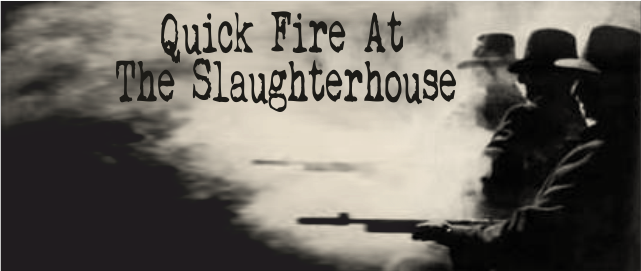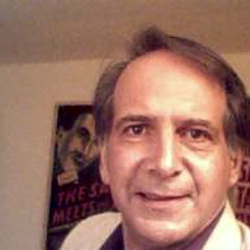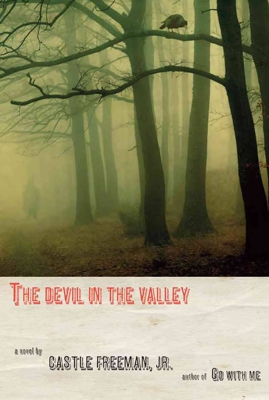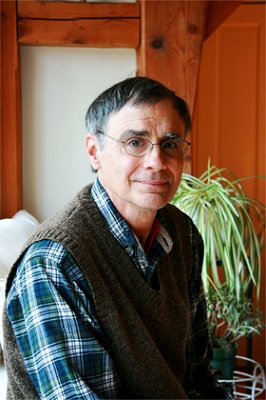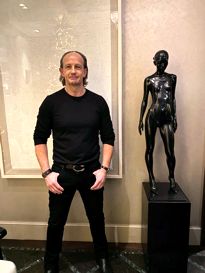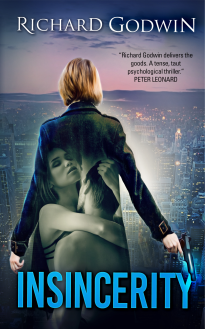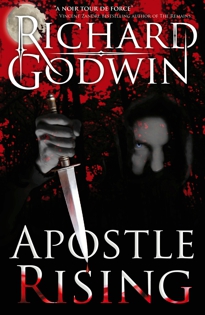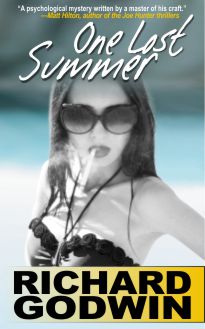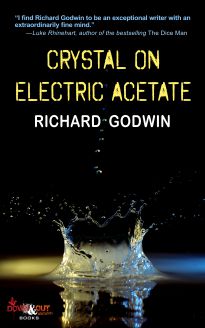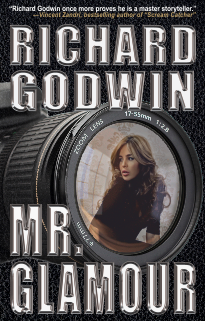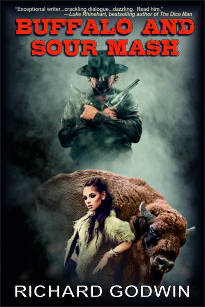
Jane Haseldine is a journalist, former crime reporter, columnist, newspaper editor, magazine writer, and deputy director of communications for a governor. Jane’s debut suspense novel, THE LAST TIME SHE SAW HIM, will be published by Kensington Publishing as a hardcover book in June 2016. The second book in the series, DUPLICITY, will be published by Kensington in April 2017. Jane met me at The Slaughterhouse where we talked about her forthcoming release and threat to the family as a theme in thriller fiction.
 Tell us about The Last Time She Saw Him.
Tell us about The Last Time She Saw Him.
The Last Time She Saw Him is the first in a new series from Kensington Publishing about a Detroit crime reporter, Julia Gooden, whose young son is kidnapped on the thirtieth anniversary of her brother’s abduction, a case that has never been solved. Convinced that the crimes are related, Julia tries to piece together childhood memories from her final day with her brother, who promised he would always protect her, and decipher whether sudden reminders of him are clues that will lead her to her son’s abductor, or merely coincidence. Julia knows she has hours at best to find her son alive, but the deeper she digs, the more personal and terrifying the battle becomes, and an undying promise may be her only hope of saving herself and her son.
To what extent do you think a threat to the family is a good theme for a thriller?
Great question! I think a threat to a person’s family is a strong emotional plotline for a thriller novel. It’s a terrifying idea that someone could hurt the people you love the most, and it’s relatable in that I think for almost any person, it’s their greatest fear. When I was coming up with the plot for The Last Time She Saw Him, I thought a lot about what scares me the most, and that was anything bad happening to my children. But then I started to think, what if a person had already endured a similar tragedy? How would they cope? Would they be able to eventually heal and lead a normal life, or would they be broken, living life on autopilot, or screwed up for good? The main character in the book, Julia, is powerless as a seven-year-old child when her brother is abducted, but when her son goes missing, I thought a lot about whether she would break down completely, or be balls-out fearless, ready to risk anything, including her own life, to get her little boy back. In this case, Julia is broken from her past loss, but she’s fearless when it comes to finding her son. So I think a threat to one’s family brings out our greatest fears, and hopefully, our greatest bravery. It’s a primal instinct that again, I think is universally relatable.
Tell us how your career as a journalist has influenced your writing.
In my case, you write what you know. My main character is a journalist and crime reporter, so it is familiar territory to me. Being a newspaper reporter and a journalist has been a big help in writing books as far as getting in the habit of writing on a daily basis. When you’re a reporter, there’s no such thing as writer’s block or you’ll be out of a job. Also, you are incredibly lucky to encounter a wide-ranging cast of real characters with their own unique stories that help spark the imagination. Having covered the crime beat, I tried to infuse in my main character, Julia, how important it is for her to hustle to get the story, but in the same vein, to also be compassionate. When I was writing an article and trying to get a comment from the parents of a dead child, I never forgot that I had a job to do, but I also tried not to become a viper and lose my humanity in the pursuit of getting a story. Hopefully, that made me a better reporter and helped people trust me. So my career as a journalist has been a huge influence and colored my perspective as an author.
What else is on the cards for you this year?
Writing wise, it’s going to be busy! The Last Time She Saw Him comes out as a print and audio book in June, and the second book in the series, Duplicity, comes out in April 2017. I also just got the exciting news this week from my literary agent that we got a contract with Kensington for two more books in the Julia Gooden series, which is fantastic, but I am going to be buried in front of my computer for the next four months, as I need to turn the third book in this summer. Pray for me! Just kidding (I think!). It’s a good problem to have though. I’ve known a few authors who have been incredibly lucky (not to mention incredibly talented), who’ve faced little rejection and landed book deals right away, but for me, it definitely wasn’t something that happened overnight. There was plenty of rejection (translation: lots) when I was first trying to get a literary agent, and then there were the early publisher rejections when we initially went out on submission with the novel (not to mention dealing with my own insecurities that the book was never going to sell). So when we did land a book deal, I was probably never so appreciative of anything in my entire life. I have such respect for anyone who is trying to write a book or who has written one and is trying to get it out there in the world, because it can be incredibly hard. So here’s to success for all of us writers in the coming year and beyond!
Thank you Jane for a great interview.
The Last Time She Saw Him will be released by Kensington Books in June 2016. Pre-order at Amazon US and UK, Barnes & Noble, Books-A-Million, IndieBound, and Hudson Booksellers.
You can find Jane Haseldine at janehaseldine.com, Twitter, Goodreads, and Facebook.


